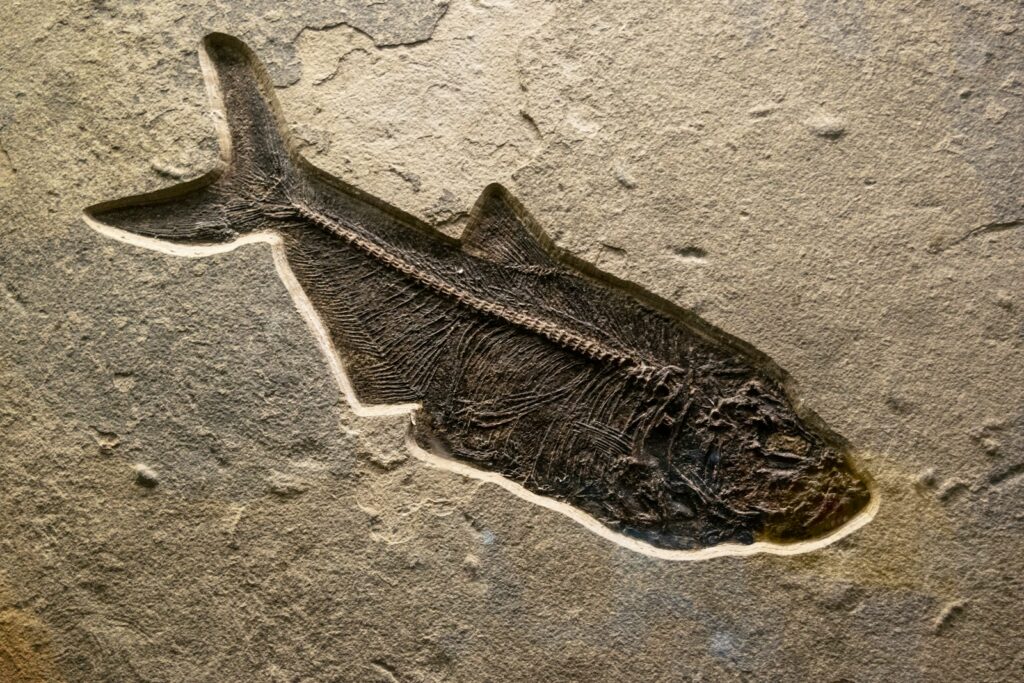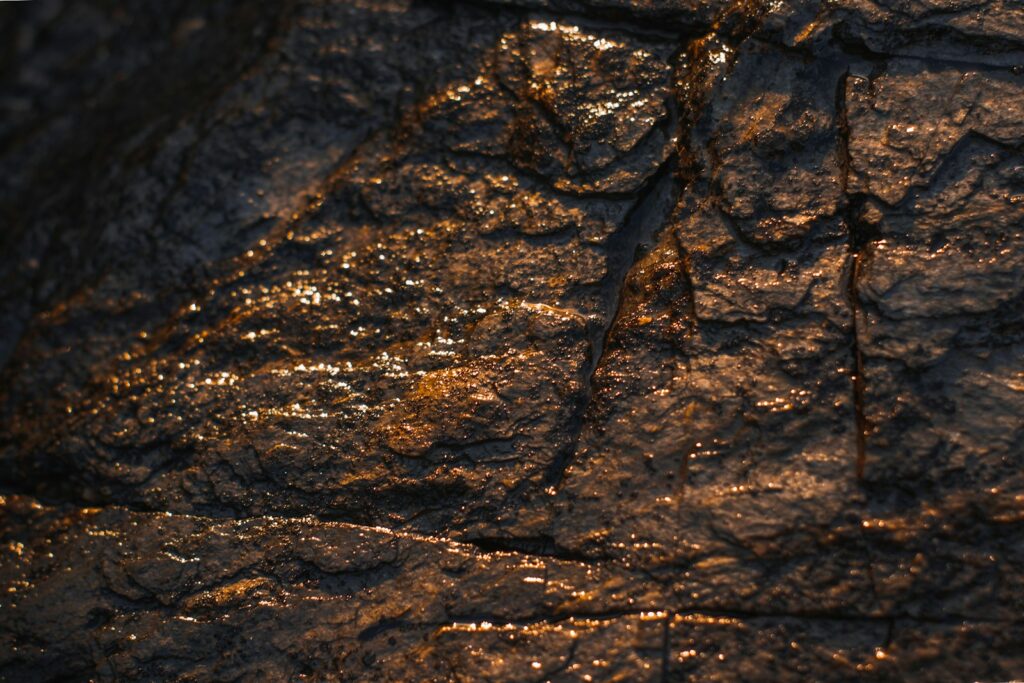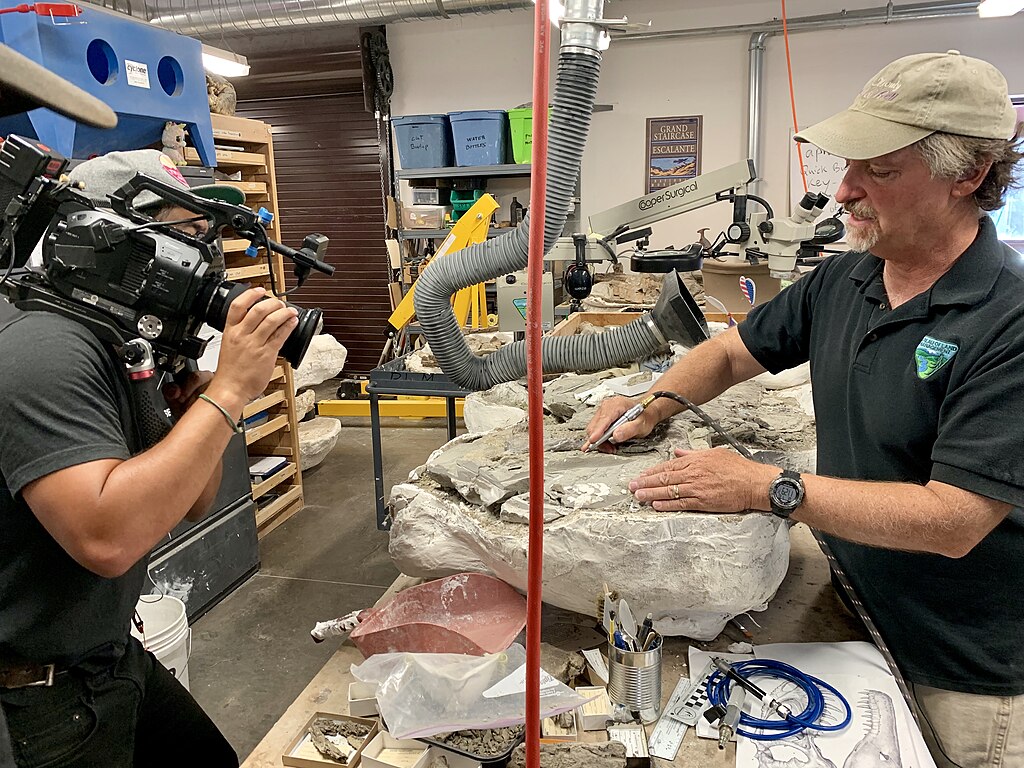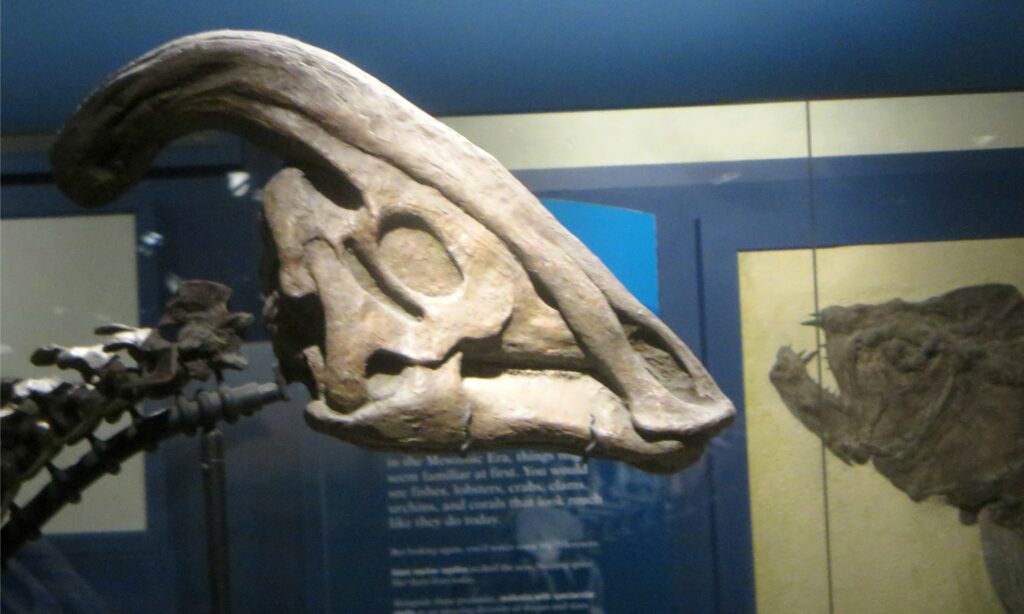The question of whether prehistoric crabs or fish inhabited the cavities found in fossils has fascinated paleontologists for decades. These ancient hollows, formed in the remains of deceased organisms, potentially served as microhabitats for various marine creatures. Through careful examination of sedimentary deposits, trace fossils, and preserved remains, scientists have uncovered compelling evidence that certain species did indeed take advantage of these ready-made shelters. This phenomenon, known as cavity occupation or “domichnion” in ichnological terms, provides fascinating insights into prehistoric ecological relationships and opportunistic behavior in ancient marine environments.
The Formation of Fossil Cavities
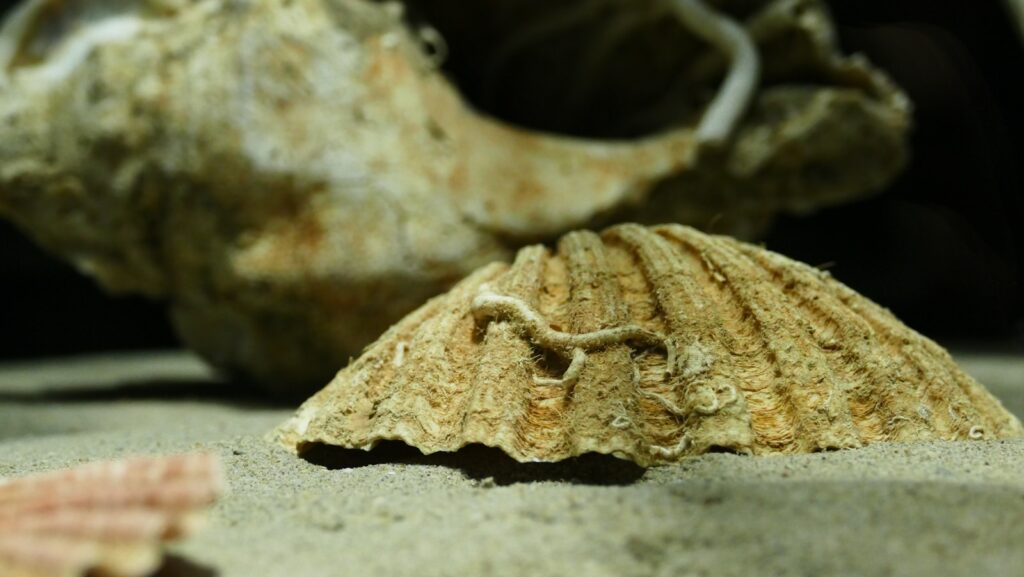
Fossil cavities primarily formed through the decomposition of soft tissues within hard structures like shells, exoskeletons, or bones. When an organism died and was buried in sediment, its soft parts would decay, leaving empty spaces within more durable structures. In marine environments, these natural hollows created potential microhabitats in an otherwise competitive ecosystem. The process of cavity formation varies depending on the original organism, sedimentary conditions, and taphonomic processes. In some cases, mineral precipitation could partially fill these spaces while still leaving room for occupation by small creatures. These cavities range from microscopic chambers to spaces large enough to accommodate animals several centimeters in length, creating a diverse range of potential dwelling places in the prehistoric seabed.
Evidence of Crab Occupation in Fossil Voids
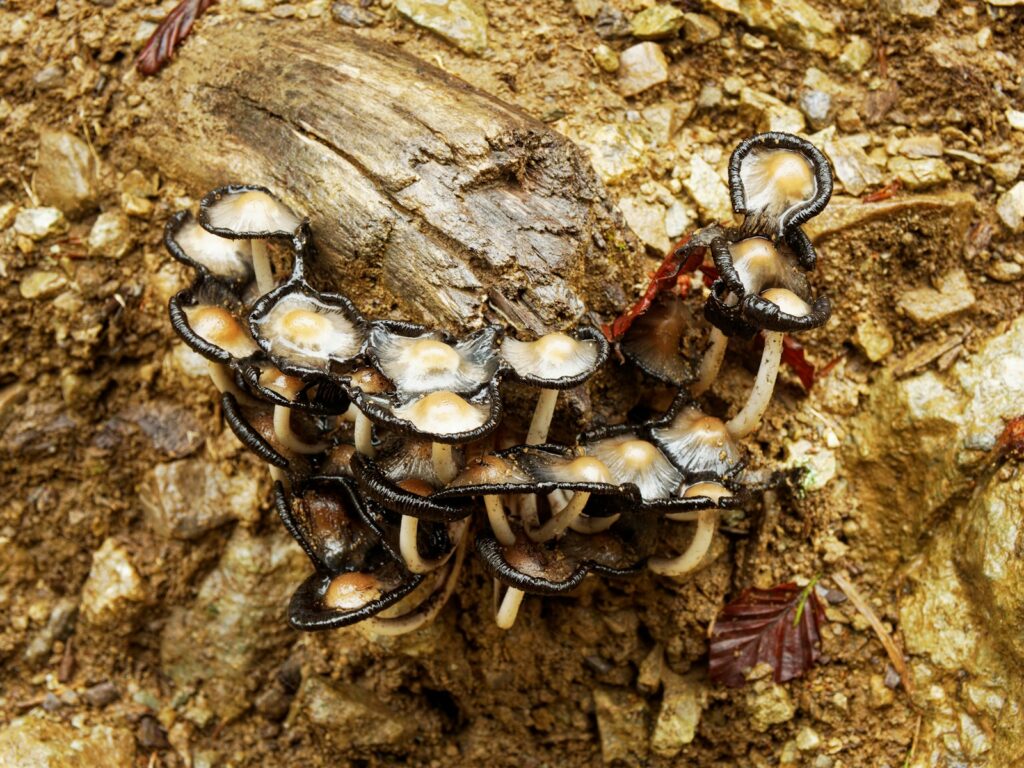
Paleontological evidence strongly suggests that prehistoric crabs did indeed utilize fossil cavities as dwelling spaces. Researchers have documented numerous instances of crab remains preserved within ammonite shells, nautiloid chambers, and other hollow fossil structures. One compelling example comes from Jurassic deposits where small crustaceans appear to have sought shelter within the chambers of deceased cephalopods. The positioning of these remains indicates intentional occupation rather than random placement through sedimentary processes. In some remarkable cases, scientists have discovered species of crabs with physical adaptations specifically suited for living within these tight spaces, including flattened carapaces and specialized appendages for maneuvering in confined environments. These morphological adaptations provide compelling evidence that some crab species evolved specifically to exploit the ecological niche provided by fossil cavities.
Fish Utilization of Skeletal Remains

While less common than crab occupation, evidence suggests certain prehistoric fish species also utilized fossil cavities. Small fish remains have been found preserved within the cranial cavities of larger vertebrate fossils and inside substantial mollusk shells. These fish likely used these spaces as protection from predators or as strategic hunting locations. Juvenile fish specimens appear particularly frequently in such contexts, suggesting these spaces may have served as nursery areas for vulnerable young. The fossil record from the Devonian period shows early evidence of this behavior, with small jawless fish utilizing the remains of larger placoderms. This ecological relationship demonstrates the opportunistic nature of ancient marine life and how organisms exploited available resources in their environment.
The Ecological Advantage of Cavity Dwelling

Inhabiting fossil cavities provided several significant advantages for prehistoric marine creatures. These natural shelters offered protection from predators, creating safe refuges in the dangerous prehistoric seas. For smaller organisms, these spaces presented ideal microhabitats with reduced competition and exposure to harsh environmental conditions. Cavity dwelling also potentially provided feeding opportunities, as organic matter and smaller prey items might have been trapped or concentrated within these enclosed spaces. Additionally, in more turbulent marine environments, these cavities would have offered stability against strong currents and wave action. For soft-bodied organisms particularly vulnerable to predation, such ready-made shelters represented critical survival resources in ecosystems where suitable hiding places were limited and competition for them was fierce.
The Phenomenon of “Dead Shell Utilization”

Dead shell utilization represents a specific category of cavity occupation where organisms inhabited the empty shells of deceased mollusks. This behavior has been documented across geological time, from the Paleozoic era to the present day. Hermit crabs represent the most famous example of this behavior, but evidence suggests many other crustaceans and fish species also engaged in this practice. Paleontologists have identified distinct wear patterns and modifications to shell interiors that indicate long-term occupation rather than temporary use. In some fossil assemblages, researchers have found evidence of multiple generations of different organisms successively inhabiting the same shell cavity, creating a complex timeline of occupation. This phenomenon demonstrates how valuable these protective structures were in prehistoric marine ecosystems and how they functioned as limited resources that were recycled through multiple uses.
Trace Fossils and Behavioral Evidence

Beyond preserved remains, trace fossils provide valuable evidence of cavity occupation by prehistoric organisms. These ichnofossils—marks left by animal activities—include scratch marks, boring patterns, and modified surfaces within fossil cavities. Paleontologists have documented distinctive wear patterns that indicate repeated movement of hard-shelled creatures like crabs within confined spaces. Some trace fossils show evidence of nest-building or modification of the cavity to better suit the occupant’s needs. In certain well-preserved specimens, scientists have found evidence of feeding activities within these spaces, including partially consumed prey items and distinctive bite or claw marks. These behavioral traces often provide more compelling evidence of intentional habitation than the presence of remains alone, as they demonstrate active interaction with the environment rather than passive placement.
Modern Analogs to Prehistoric Cavity Dwellers

Studying modern marine organisms provides valuable insights into the behavior of their prehistoric counterparts. Contemporary crabs, shrimp, and small fish frequently inhabit natural cavities, including empty shells, rock crevices, and skeletal remains. The boxer crab, which carries sea anemones for protection, demonstrates how modern crustaceans modify and utilize external structures. Certain goby species specialize in living within the empty tests (shells) of sea urchins, showing remarkable parallels to fossil evidence. Marine biologists have documented complex relationships between cavity size, occupant species, and duration of habitation that likely mirror prehistoric ecological dynamics. These modern analogs allow scientists to make informed interpretations about the behavior and ecology of ancient cavity-dwelling species when direct evidence from the fossil record is incomplete or ambiguous.
Cavity Occupation Across Geological Time
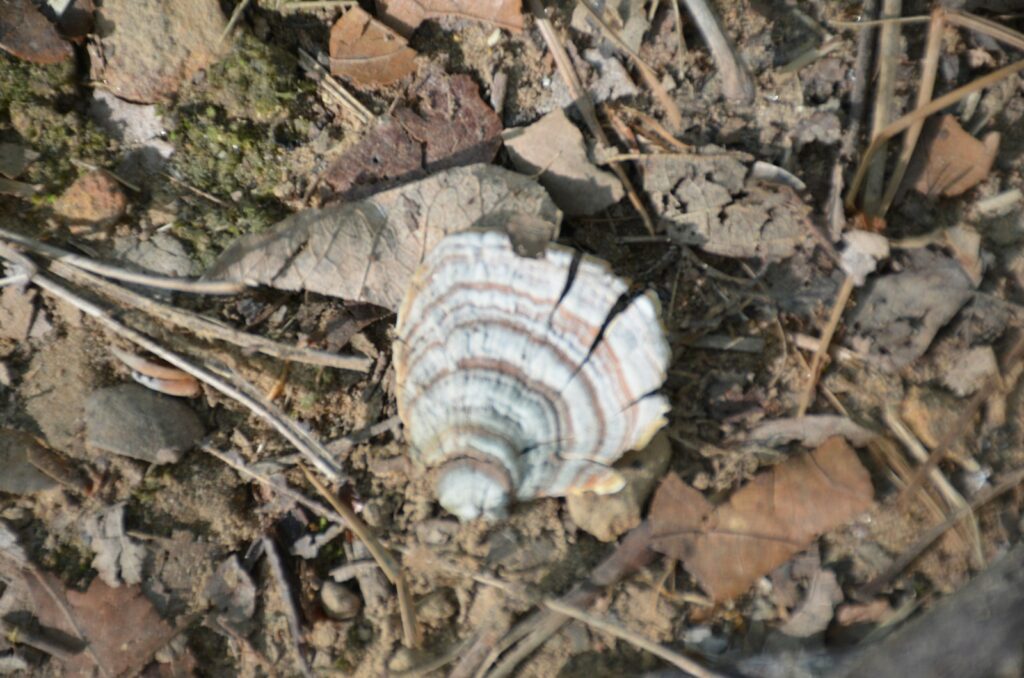
The phenomenon of organisms inhabiting fossil cavities spans hundreds of millions of years, with evidence appearing across multiple geological periods. Early examples emerge in Cambrian deposits, where primitive arthropods appear to have utilized the empty shells of primitive mollusks. During the Ordovician and Silurian periods, this behavior became more widespread as marine ecosystems grew increasingly complex and competitive. The Mesozoic era shows particularly abundant evidence of cavity occupation, especially within ammonite shells which provided ideal chambers for occupation. This behavior persisted through major extinction events, with cavity dwelling potentially serving as a survival strategy during ecosystem disruptions. The continuity of this behavior across geological time speaks to its evolutionary advantage and the persistent nature of ecological relationships in marine environments regardless of changing species compositions.
Methodological Challenges in Identifying Cavity Dwellers
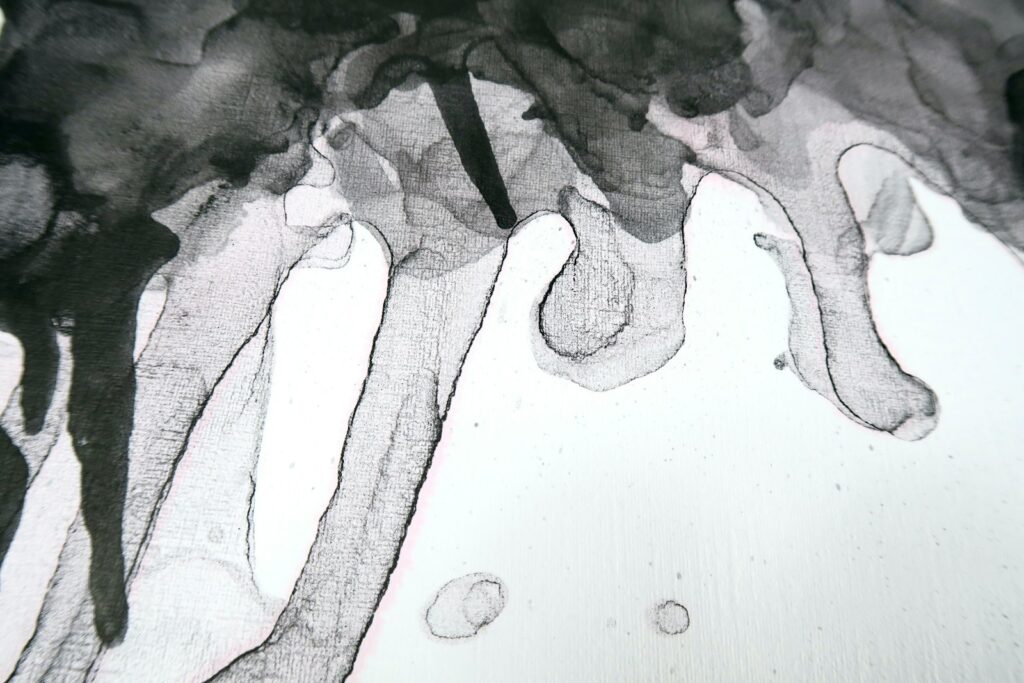
Determining whether organisms actively inhabited fossil cavities versus being randomly deposited presents significant challenges for paleontologists. Researchers must carefully distinguish between intentional occupation and taphonomic processes that might deposit remains within cavities during fossilization. Advanced imaging techniques such as micro-CT scanning have revolutionized this field by allowing non-destructive examination of fossil interiors. Chemical analysis of sediments within cavities can reveal biological signatures distinct from surrounding matrix, suggesting organic activity within the space. Orientation of remains, wear patterns on cavity walls, and the position of appendages all provide clues to differentiate true dwellers from accidental inclusions. Scientists must also consider the possibility of post-mortem scavenging within cavities, which can create false impressions of habitation when scavengers died within their feeding sites.
Notable Discoveries of Cavity-Dwelling Species
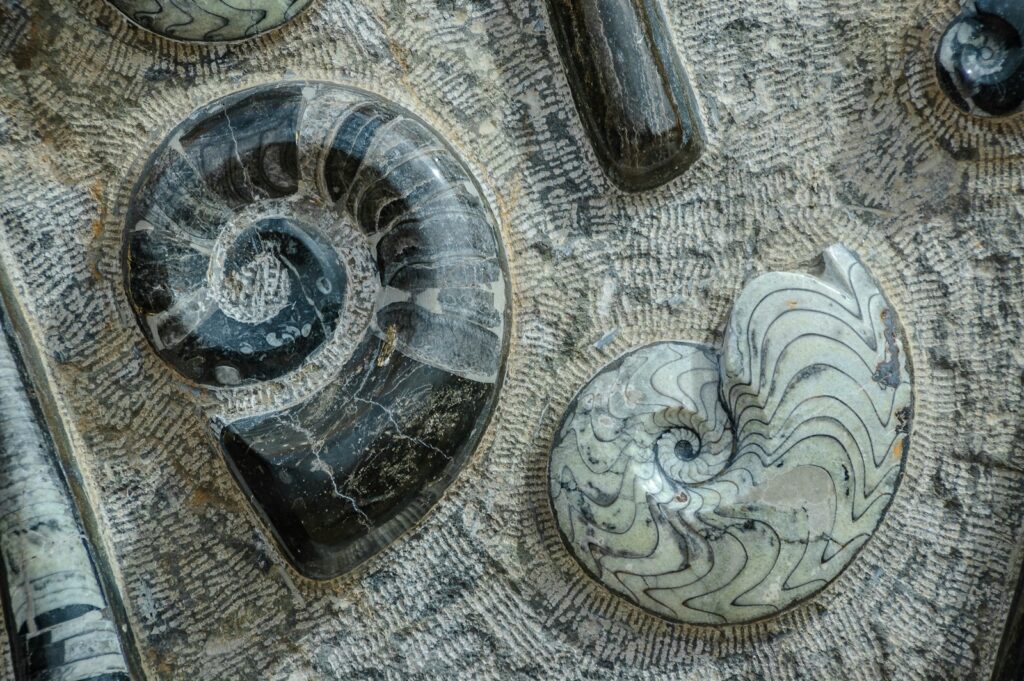
Several remarkable fossil discoveries have significantly advanced our understanding of cavity-dwelling behavior in prehistoric oceans. The discovery of Cycleryon propinquus, a small Jurassic-era crab frequently found within ammonite shells, provided some of the first conclusive evidence of this ecological relationship. In 2018, researchers documented a Cretaceous-period fish preserved within the body cavity of a larger marine reptile, suggesting opportunistic use of the decomposing carcass as shelter. The aptly named Palaeopagurus vandenengeli, an ancient hermit crab discovered in 2016, shows specialized adaptations specifically for shell-dwelling, demonstrating the evolutionary commitment to this lifestyle. Perhaps most spectacular was the 2010 discovery of a pregnant fish preserved within the cranial cavity of a much larger predatory fish, suggesting the smaller fish had been using the skull as a nursery when both were buried in sediment. These discoveries continue to refine our understanding of ancient marine ecological relationships and opportunistic behaviors.
Evolutionary Adaptations for Cavity Dwelling
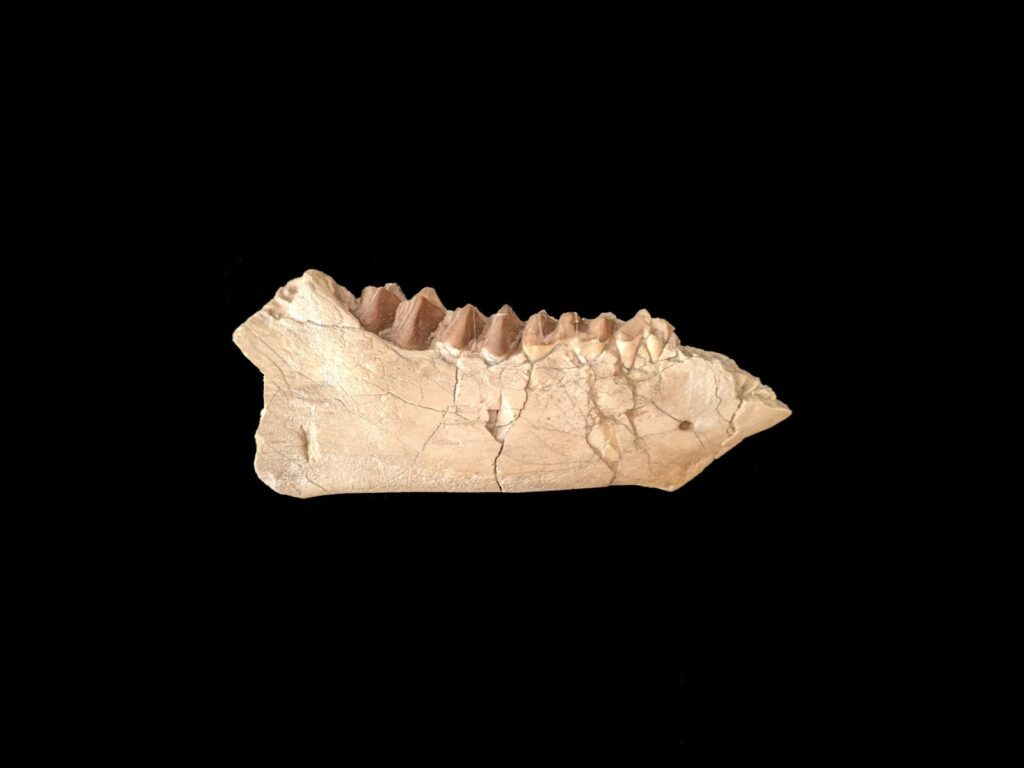
The fossil record reveals fascinating evolutionary adaptations specifically for cavity-dwelling lifestyles. Certain prehistoric crab species developed dorsoventrally flattened bodies that allowed them to navigate tight spaces more effectively. Modifications to appendages, including specialized walking legs and reduced claws, facilitated movement within confined cavities. Some fish species evolved more flexible vertebral columns and compressible body structures that allowed them to access and maneuver within small openings. Sensory adaptations, including enhanced tactile receptors and reduced reliance on vision, appear in species frequently found within dark, enclosed spaces. These specialized traits developed convergently across different taxonomic groups, demonstrating the strong selective pressure favoring effective cavity utilization. The repeated evolution of these adaptations across different lineages underscores the significant ecological advantage provided by successful exploitation of fossil cavities as habitat.
Implications for Understanding Prehistoric Ecosystems

The study of cavity-dwelling organisms provides valuable insights into the complexity of prehistoric marine ecosystems. This behavior reveals intricate ecological relationships and resource utilization strategies not immediately obvious from studying larger, more visible species. The presence of cavity dwellers indicates the development of specialized ecological niches and microhabitats within broader marine environments. These findings challenge simplistic views of prehistoric oceans by demonstrating sophisticated behavioral adaptations and ecological specialization even in ancient ecosystems. By examining these small-scale interactions, scientists can better understand energy flow, predator-prey relationships, and resource partitioning in prehistoric marine communities. This research also highlights the opportunistic nature of evolution and how organisms have consistently exploited available resources throughout Earth’s history, regardless of their origin or original purpose.
Future Research Directions

The field of paleontological cavity dwelling research continues to evolve with several promising directions for future investigation. Advanced imaging technologies will likely reveal previously undetected evidence of cavity occupation in existing museum specimens. Systematic examination of fossil assemblages specifically looking for evidence of cavity utilization could provide more comprehensive data on the prevalence of this behavior. Comparative studies between modern and ancient cavity dwellers may yield deeper insights into the evolution of this ecological strategy. Researchers are also developing new statistical methods to better differentiate between accidental and intentional cavity occupation in ambiguous cases. Integration of this research with broader paleoenvironmental studies will help contextualize cavity dwelling behavior within changing ocean conditions throughout Earth’s history. As techniques and understanding advance, this fascinating aspect of prehistoric ecology will continue to provide valuable insights into ancient marine ecosystems and the opportunistic nature of life.
The evidence strongly supports that both prehistoric crabs and fish did indeed inhabit fossil cavities, creating complex ecological relationships within these microhabitats. This behavior demonstrates the remarkable adaptability of marine life throughout Earth’s history and highlights how organisms have consistently exploited available resources in their environment. As research techniques continue to advance, our understanding of these ancient ecological relationships will undoubtedly deepen, revealing even more about the intricate ways prehistoric marine creatures interacted with their world. These small-scale interactions, preserved in the fossil record, provide valuable windows into the complexity and sophistication of life that existed millions of years before humans began studying them.

